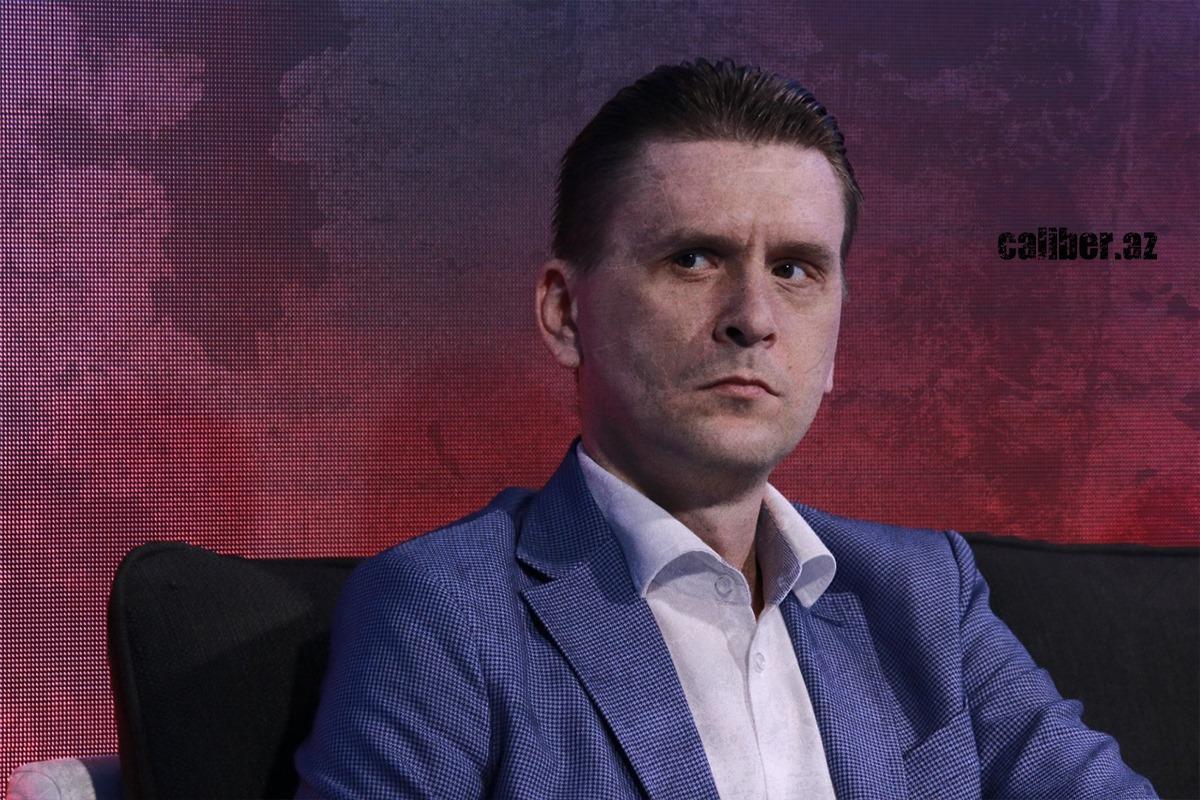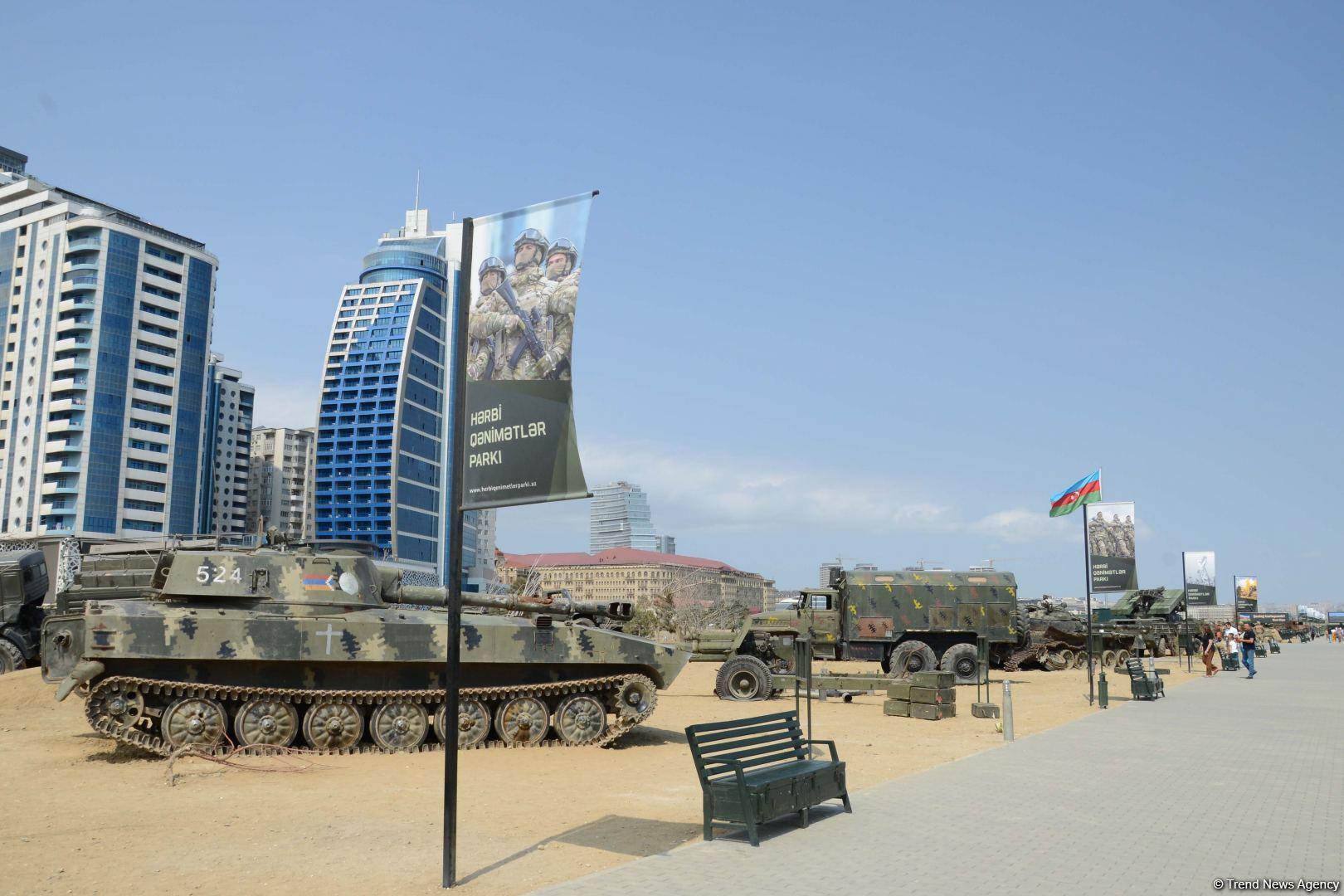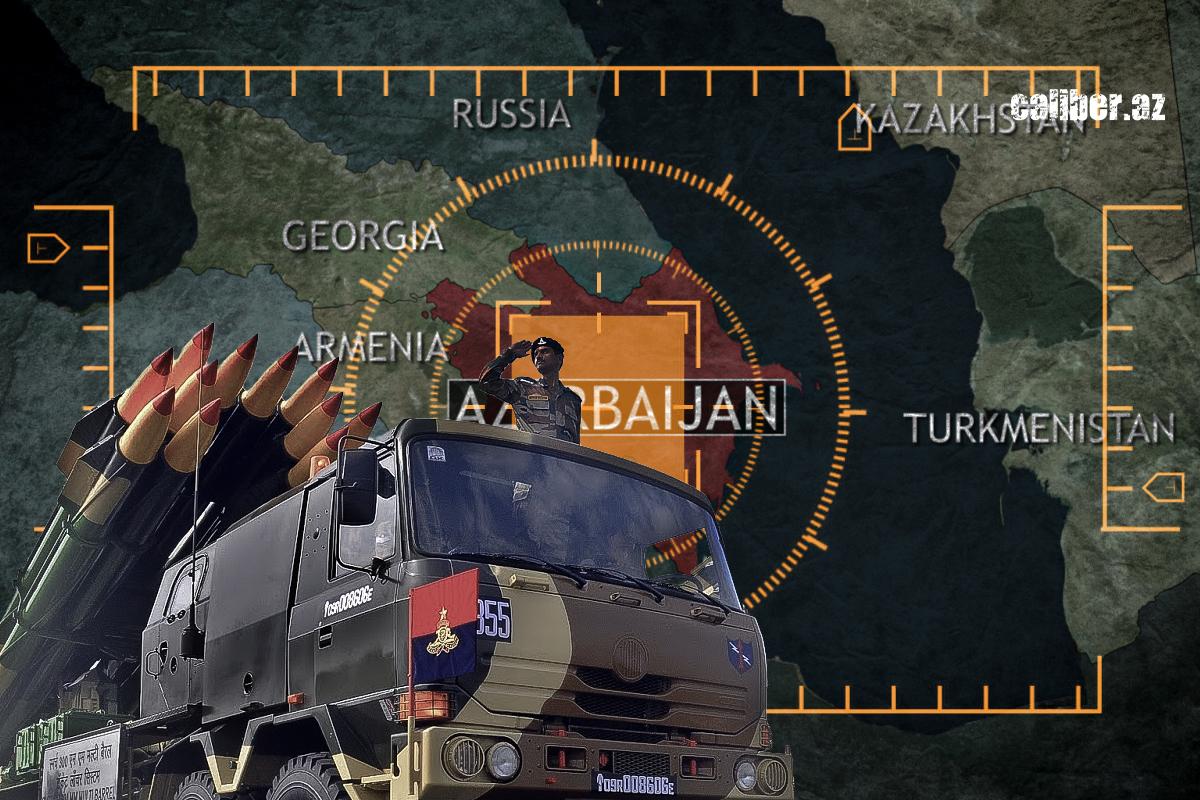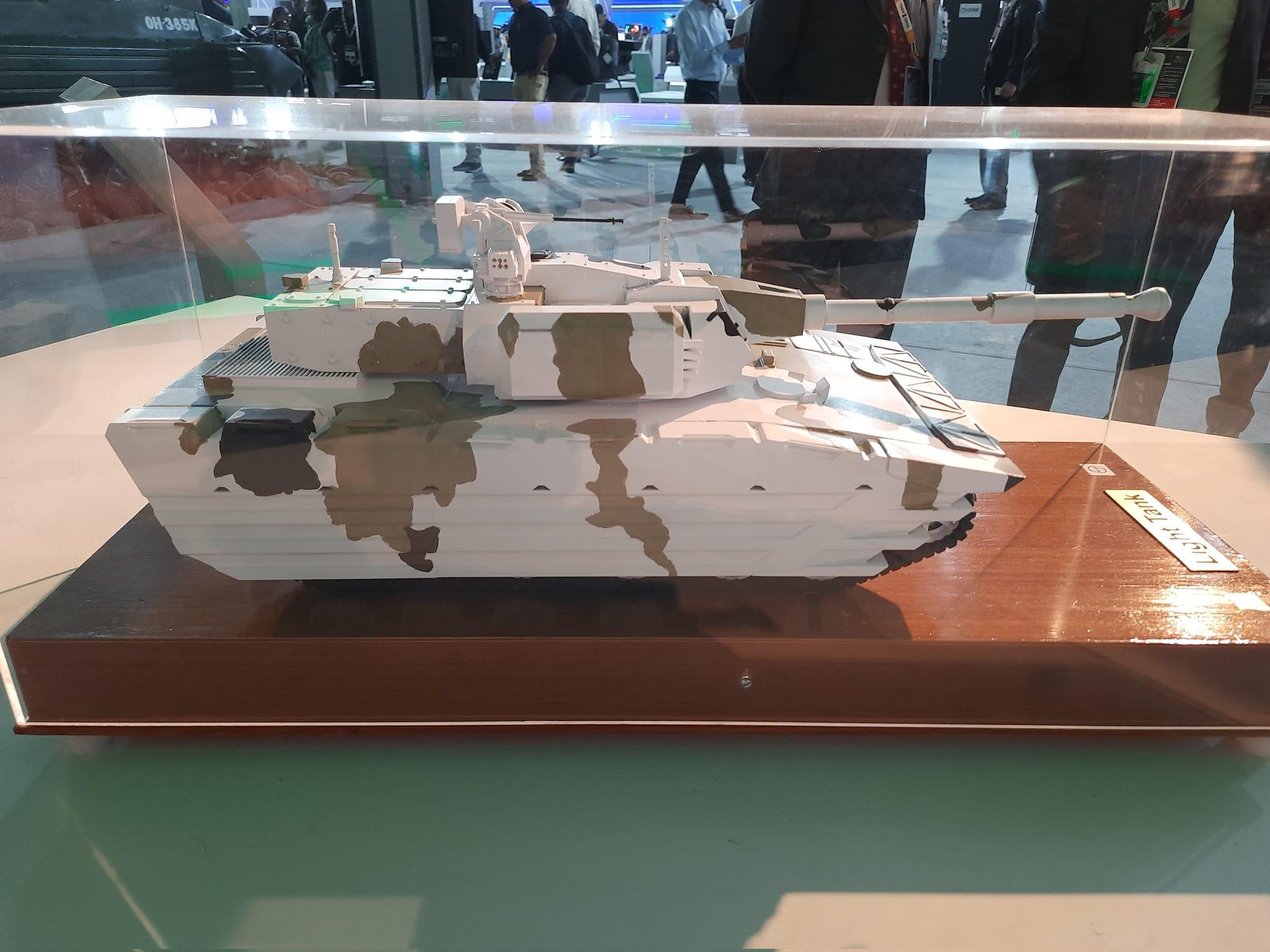Who is involved in Armenia's "rearming cluster"? Push to restore army's shattered potential
In his exclusive in-depth analysis for Caliber.Az, the military and political observer of the Information Resistance group, Oleksandr Kovalenko (Ukraine), sheds light on Armenia's armament endeavours and which countries are contributing to it.

Armenia is accelerating its military build-up. In recent months, Yerevan has stepped up efforts to renew and replenish the armed forces. The two pillars on which Armenia relies for rearmament are evident. The two are France and India. Recently, French Defence Minister Sebastien Lecornu visited Armenia to sign several military-technical agreements. The details of the agreements are not disclosed, but the most frequently mentioned were air defence systems, and Mistral systems, and just before the French minister's visit, the first batch of ACMAT Bastion armoured vehicles was delivered to Armenia. It's no surprise that Armenia is now focusing on rearming, as it has not received any assistance from Russia in restoring its combat capabilities after the heavy losses it suffered during the 44-day war in 2020.
It is noteworthy that Armenia initially focused on strengthening their defence capabilities in the areas of air defence and artillery. France has become the primary supplier of air defence and radar systems while India supplies artillery, including barrel and rocket-propelled artillery, which has taken over a portion of the air defence cluster. This indicates a clear development strategy for the future of the Armenian armed forces, which involves an echeloned closure of the sky and the accumulation of artillery potential. Prior to the 44-day war, Armenia possessed one of the largest artillery components in the region, with over 500 artillery systems, and its artillerymen were well-trained, posing a significant challenge for Azerbaijani troops. However, the Azerbaijani army wiped out 2/3 of this component. Additionally, most of Armenia's artillery was outdated Soviet-era models, both morally and technically. New procurements, on the other hand, are better equipped to meet modern challenges.

According to verified data from monitoring sites, the Armenian army lost significant amounts of military equipment during the recent conflict, including 255 tanks, 160 TBMs, 279 artillery pieces, 85 MLRS, 39 air defence systems, 18 radars, and over 730 vehicles that were either destroyed, damaged, or captured. These losses have significantly weakened Armenia's defensive capabilities. Since 2021, Armenia has been working to rebuild its military power, and in doing so, it has shifted away from its traditional arms supplier, Russia. Instead, it is now relying on France and India as its primary equipment suppliers, with Iran serving as a transit logistics hub. In light of the losses it has suffered, Armenia is likely to be interested in acquiring tanks, AFVs, artillery, air defence systems, and armoured vehicles to bolster its military strength.

Procurement is a process that aims to replace losses, or even exceed them. For instance, by procuring the 214mm Pinaka multiple rocket launchers, the military will have enough to equip four divisions, each with three batteries. This is almost equal to the 85 MLRS that have been lost. Similarly, the procurement of 155mm ATAGS (Advanced Towed Artillery Gun System) towed howitzers will compensate for the loss of the 152mm 2A36 Hyacinth-B and D-20. The initial order of 28 units is just the beginning, and at the current rate of delivery, by 2024-2025, Armenia may be able to fully compensate for the loss of the 152mm 2A36 Hyacinth-B and D-20. This means that Armenia may soon be able to replace all the lost components of the MLRS and barrel artillery.
It is also quite realistic to create zones with a new type of echeloned air defence as early as 2024. But this raises the question of how to compensate for the IFVs, military vehicles and, most importantly, tank categories. It's challenging to predict who will supply tanks to Armenia. The recent war in Ukraine demonstrated that modern warfare, despite the overwhelming presence of drones in the air, still requires tanks. Or is it not as challenging as it seems?
The Indian Army is expected to receive the first batch of 59 Zorawar main battle tanks for testing by April this year. These tanks will be tested in India's high-altitude areas and are specifically designed to operate in the mountainous terrain of the Ladakh region. The highlight of the Zorawar tank is its Cockerill 3000 universal combat module from Belgium's CMI, which allows for the optional installation of 30mm/40mm, 90mm and 105mm calibre guns. This means that Armenia has someone to turn to when it comes to the supply of tanks, in order to make up the shortfall in MBTs (main battle tanks) in the future, albeit with a lighter but no less effective component.

In fact, due to closer contacts on military-technical matters and the absence of financial constraints, Armenia has been able to speed up its rearmament efforts significantly and is even pushing for more. Russia would not have been able to transfer the required weaponry to the Armenian army so quickly, and now it is less likely to do so. Yerevan's new partners have the technical and technological capabilities to transfer all the requested weaponry, with minor differences, but still effective.
Under the current conditions, Armenia will take up to two years to fully restore its original combat capability and surpass it in certain aspects, especially in technology. However, this can only happen if Yerevan does not allocate even more resources to the process than it already is.








